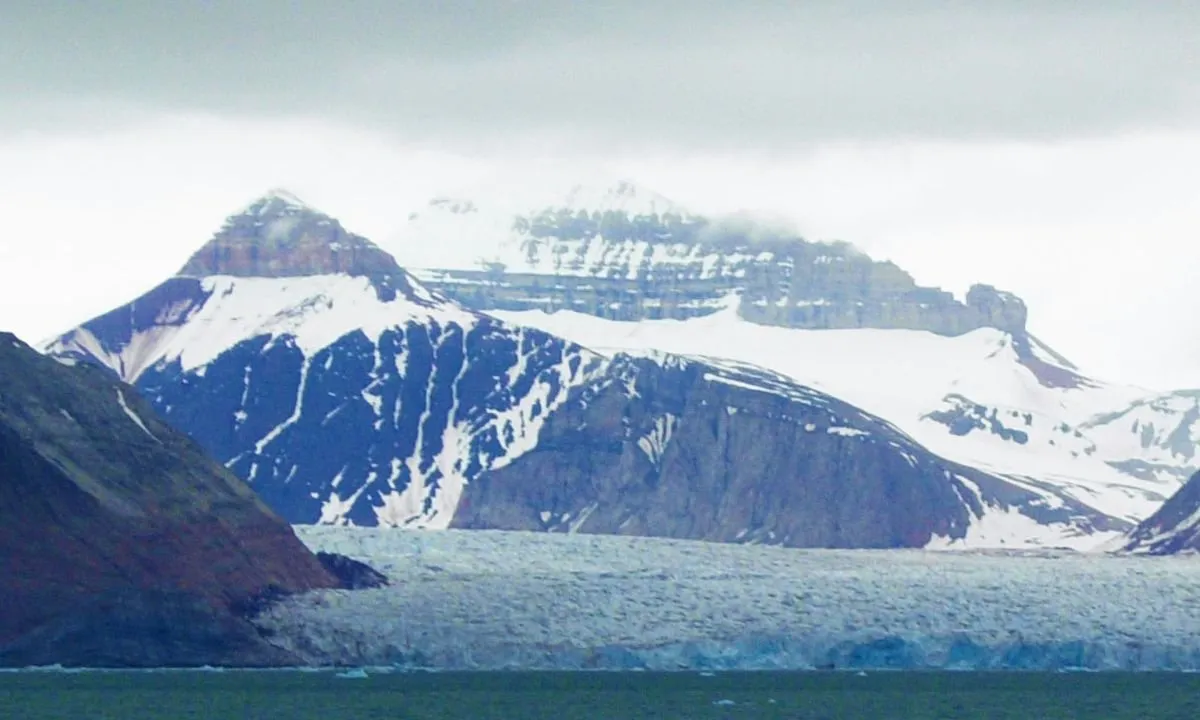
The Arctic as a System 
This course will give you an in-depth understanding of the Arctic as a system. Learn about the Arctic's geography, climate, environment, and the rapid changes being observed. Explore the long history of Arctic settlement and exploration, and gain an appreciation for the peoples of the Arctic. Discover the physical processes that shape the Arctic's sea ice cover, temperature, precipitation, snow cover, land ice, permafrost, and vegetation. ▼
ADVERTISEMENT
Course Feature
![]() Cost:
Cost:
Free
![]() Provider:
Provider:
Coursera
![]() Certificate:
Certificate:
Paid Certification
![]() Language:
Language:
English
![]() Start Date:
Start Date:
26th Jun, 2023
Course Overview
❗The content presented here is sourced directly from Coursera platform. For comprehensive course details, including enrollment information, simply click on the 'Go to class' link on our website.
Updated in [June 30th, 2023]
This course provides an overview of the Arctic as a system. Students will gain an understanding of the Arctic's geography, peoples, and long history of settlement and exploration. They will also learn about the Arctic's climate and weather, features of the ocean, sea ice, lands, and the Greenland Ice Sheet, as well as the rapid changes being observed. Upon completion of the course, students will be able to appreciate the long history of the Arctic and its peoples, recognize and recall the physical geography of the Arctic, describe the key climate and environmental elements of the Arctic, and understand the physical processes giving rise to these features and how they are changing.
[Applications]
Upon completion of this course, students should be able to apply their knowledge of the Arctic as a system to a variety of contexts. They should be able to recognize and explain the physical geography of the Arctic, its climate and environmental elements, and the processes that give rise to them. They should also be able to identify and discuss the impacts of climate change on the Arctic environment, and the implications of these changes for the Arctic peoples and the global community.
[Career Path]
Job Position Path:Arctic System Analyst
Description:An Arctic System Analyst is a professional who specializes in analyzing the Arctic environment and its various components. They are responsible for understanding the physical geography of the Arctic, its climate and weather, and the various features of the Arctic Ocean, sea ice, lands, and the Greenland Ice Sheet. They must also be able to identify and analyze the physical processes that give rise to these features, and how they are changing. Arctic System Analysts must be able to interpret data and develop models to predict future changes in the Arctic environment.
Development Trend:The demand for Arctic System Analysts is expected to increase as the Arctic environment continues to change rapidly due to climate change. As the Arctic environment changes, Arctic System Analysts will be needed to help understand and predict the impacts of these changes on the environment and the people who live in the Arctic. Additionally, Arctic System Analysts will be needed to help develop strategies to mitigate the impacts of climate change in the Arctic.
[Education Path]
The recommended educational path for learners interested in the Arctic as a System is to pursue a Bachelor's degree in Arctic Studies. This degree program typically includes courses in Arctic geography, climate, and environment, as well as courses in Arctic history, culture, and politics. Students may also take courses in Arctic research methods, Arctic policy, and Arctic economics. In addition, students may take courses in Arctic biology, ecology, and natural resource management.
The development trend of this degree program is to focus on the interdisciplinary nature of Arctic studies, with an emphasis on understanding the complex interactions between the physical environment, human activities, and the social and economic systems of the Arctic. This includes an emphasis on understanding the impacts of climate change on the Arctic environment and its people, as well as the development of sustainable solutions to the challenges facing the Arctic.
Course Syllabus
Introduction to the Arctic
This module provides a basic introduction to the Arctic. It starts with a description of the Arctic as a geographical region, followed by an overview of some of the pronounced changes unfolding in the region. History provides context. As such, we then explore how our knowledge of the Arctic has been built, starting with early explorations and events and then moving through the Cold War and into the present.Arctic Climate Basics
To understand the Arctic system and the changes taking place, we need to become familiar with some of the basic climate drivers and features of the region, starting with solar energy, polar night and the midnight sun. Attention then turns to spatial patterns of temperature, precipitation and cloudiness.The Arctic Ocean
The Arctic region is an ocean surrounded by land, and to understand the Arctic, we need to understand the Arctic Ocean. We start with discussing Arctic Ocean basics - its shallow shelf sea and deep basins, and then move on to discuss the ocean's floating ice cover. As we will learn, the ice cover grows and shrinks with the seasons and is in near constant motion, squeezing together to form sea ice ridges and keels and pulling apart to form leads.The Arctic Lands
As we will learn in this module, the Arctic lands are highly varied. we'll first explore the Greenland Ice sheet. Attention then turns to tundra, boreal forest and the typically ill-defined Arctic treeline. We will learn that a number of very large rivers drain into the Arctic Ocean, having prominent influences on the ocean. Finally, we'll explore permafrost, the perennially frozen ground that underlies most of the Arctic lands.The Arctic Atmosphere
In this module we'll learn all about Arctic weather, including storms and whiteouts. We will also learn that the Arctic, as a "heat sink" plays a key role in shaping weather patterns for the northern hemisphere as a whole. We'll then explore the concept of teleconnections - links between weather conditions between widely separated locations. Finally, we'll briefly review the Arctic's energy budget.Course Provider

Provider Coursera's Stats at AZClass
Discussion and Reviews
0.0 (Based on 0 reviews)
Explore Similar Online Courses

How To Support Young People Living with Parental Mental Illness

The ACNC: How We Help You

Python for Informatics: Exploring Information

Social Network Analysis

Introduction to Systematic Review and Meta-Analysis

The Analytics Edge

DCO042 - Python For Informatics

Causal Diagrams: Draw Your Assumptions Before Your Conclusions

Whole genome sequencing of bacterial genomes - tools and applications

Melting Ice Rising Seas Teach-Out

Planning with Climate Change in Mind


Start your review of The Arctic as a System